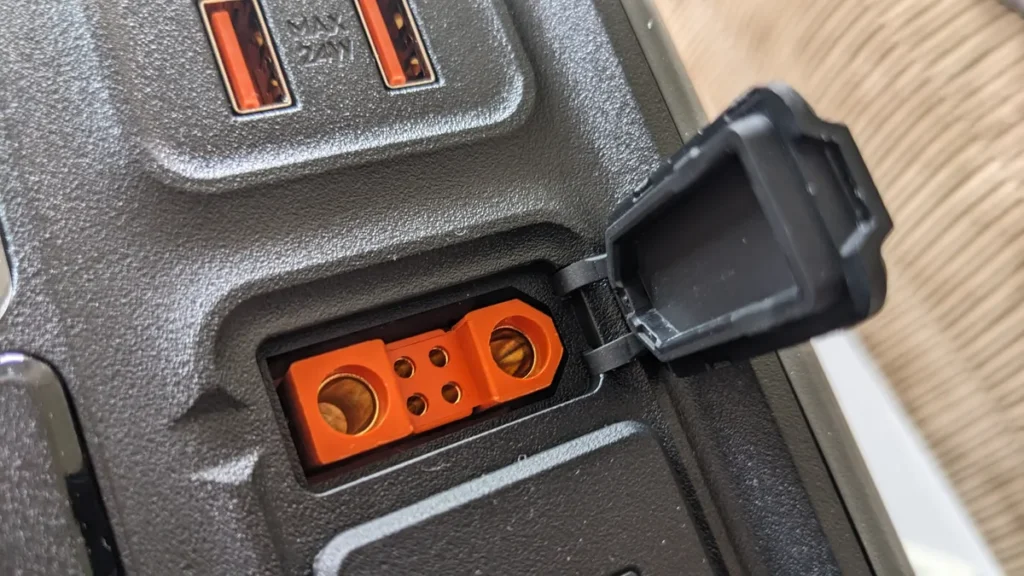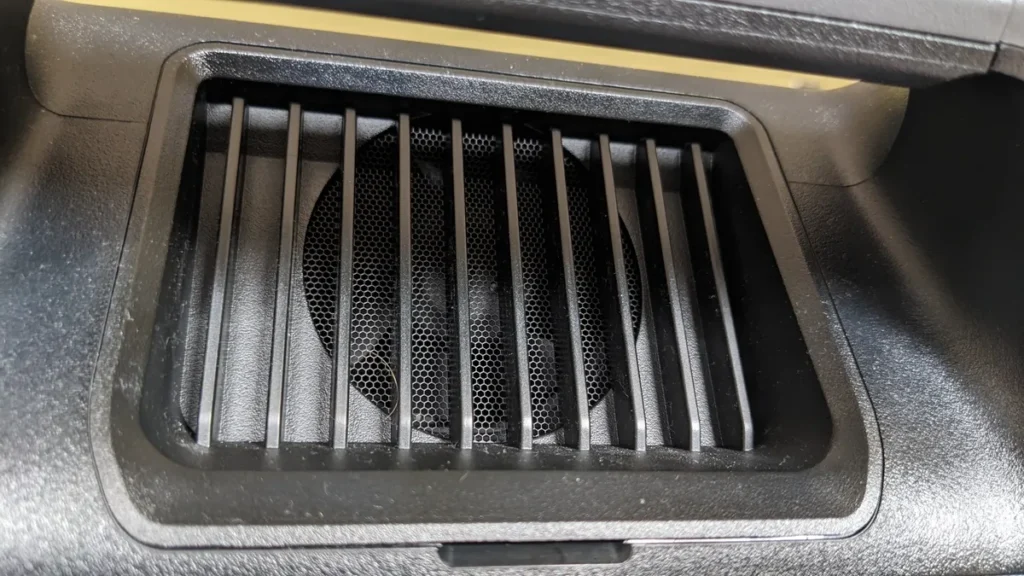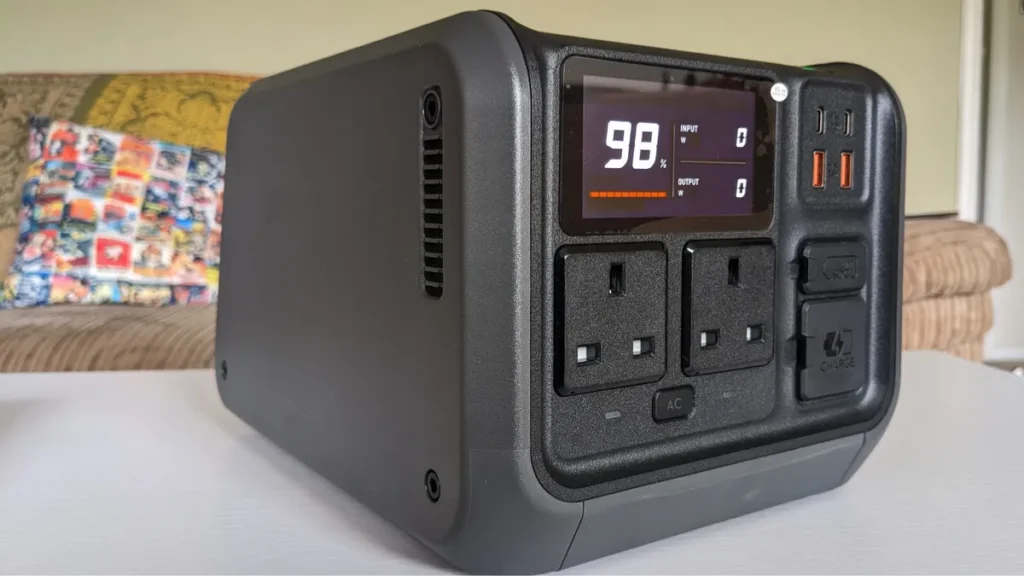
DJI Power Station 500 Review
DJI is best known for its aerial cameras, but it recently launched a series of portable power stations designed to charge its popular line of drones along with other devices. But that's exactly what we have with the DJI Power 500 . A small, highly portable unit, packed with ports and outlets. Can the makers of some of the best drones out there crack the portable power station market? After testing many of the best portable power stations out there, we put it to the test.
DJI Power 500: Unboxing and First Impressions
The DJI Power 500 It's sleek and small and once we unpacked the unit we found everything we needed, including the inclusion of a vehicle charger for drones which is a great addition.
The Power 500 It arrived with just over half a charge, as you’d expect from a device powered by a LiFePO4 battery. The unit is fairly standard, though you might have a hard time recognizing it’s from the same company that brought us the DJI Mini 4 Pro or the Air 3.
While it doesn’t break the mold, it still looks great: a clean black box with curved edges, rubberized feet, and a slim silhouette. The USB ports and pill-shaped power button on top are flush, while the jacks and inputs are slightly raised, giving the Power 500 a sense of profile.
Weighing just over 7kg, it’s light enough to be carried by one person, a feat made easier by the integrated handle, although the load can be felt on the arms.

On the front of the unit are:
- 2 AC outputs
- 2 USB-C
- 2 USB-A
- 1 DSC Lite
- 1 AC input
- AC button
- Power button
- Quick charge switch
Given the nature of this device, it’s about what we’d expect to see in a portable power station of this size (though you can never have too many ports). And of course, it has the added bonus of being able to charge DSC-powered drones alongside your mobile devices.
The body of the charging station has a decidedly plastic feel. It feels tough and durable enough, but it’s not designed for outdoor use, as evidenced by the lack of an IP rating. At least the DSC port and AC input have rubber gaskets for added protection, but for best results, avoid exposing the Power 500 to the elements.

DJI Power 500: In Use
Before we get started, we charged the unit, which took about forty minutes on a standard charge. However, hidden behind the AC input cover is also a switch that allows you to switch between 270W charging and 540W fast charging. Also, unlike many other charging stations, this one can be charged using the standard IEC C13/14 socket and connector. Additionally, you can also charge your device via USB-C, although this method is slower. According to the manufacturer, a full charge takes three hours.
The use of the DJI Power 500 It is simple and efficient thanks to a clear and bright LCD screen. It is not too cluttered or full of unnecessary details and ambiguous icons. On the left, it displays the amount of remaining power in percentage, while below it is a bar that measures the battery level while charging. Although we did not encounter any while using the unit, error messages and indicator lights also appear below this bar. At the top of the screen you can see which ports and sockets are currently active, while on the right are the inputs and outputs.
DJI states that the Power 500 It’s quiet, down to just 25 dB. And we have to say that during our tests charging a Surface laptop, a Pixel phone, and a Nintendo Switch, it operated surprisingly nearly silently, with no heating issues whatsoever. Our devices drained the unit’s battery at about the rate we’d expect for a portable power station of this size. DJI estimates the unit retains over 70% capacity after 4,000 cycles.
Connections were pleasantly solid, and the USB ports in particular felt secure. We never felt like the cables would accidentally come loose or otherwise become dislodged.
Carrying the device isn’t too much of a hassle, either. It’s not exactly lightweight—it certainly feels like it’s in your hand—but for anyone with moderate strength, one-handed carrying isn’t a pipe dream. We found the handle to be well-designed, too, so you can tilt the unit back so you can see the screen from a standing position. One eye on the power adapter, the other on the sky. While the handle doesn’t have any grips or moldings to add comfort or assistance to the matte plastic, the thick, oval design fits nicely in the palm of your hand, and for short distances we found it relaxing and easy to carry.

DJI Power 500: Final Verdict
The DJI Power 500 It is a compact, portable power station with enough juice to keep you going while camping, hiking, traveling, and general adventures. We have not encountered any performance issues, and its attractive design will win you over as it did us. But it is still a niche product.
None offers the Power 500's unique selling point: the ability to charge DJI drones on the go. If you want that, along with all the other benefits of a highly portable power station, the DJI Power 500 It's an excellent choice.

Should I buy the DJI Power 500?
Buy it if…
Do you own a DJI drone?
The DJI Power 500 is designed for DJI drones, thanks to the built-in SDC port for charging. If you are a serious drone owner who doesn't need the extra capacity of the Power 1000 model, the 500 model is ideal.
You are a creative who needs energy on the field
This is a clean and lightweight portable power solution, especially for creatives who need to power devices and drones outdoors. If this has been a pain point for you, this is the unit that solves the problem.

